For much of the past two decades, Pakistan was hardly thought of as a tourist destination. Though the mountain-rich South Asian nation had once been an integral part of the Hippie Trail, international travel slowed to trickle in the early 2000s. But the tourism department has been completely overhauled under Prime Minister Imran Khan’s government. The country saw a 70 percent increase in foreign tourist arrivals between 2017-2018, according to Middle Eastern news outlet Gulf News. The country’s record-high peaks, lush valleys, and seemingly endless amount of ancient historical sites could make it a top destination for adventure travel in the coming years. Incredible as it is, information still remains scarce in the wake of the rise in tourism and visa changes that have occurred in the past few years. It’s important to have a basic understanding of how travel and local customs work within the Islamic republic, starting with how to get that visa. Here are 15 things Pakistan travel requirements and tips you need to know before visiting.
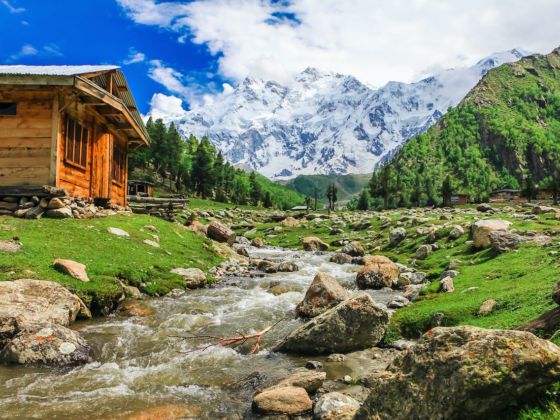

1. You can now easily obtain a Pakistan travel visa online
Prior to 2019, getting your hands on a Pakistani visa was no easy feat. The fee was $292 for a 30-day stay, and you could only acquire it by mailing your passport and documents to your nearest embassy. The introduction of the e-Visa system this past April changed all of that. Now Americans (and citizens of over 170 other countries) can apply for their Pakistan tourist visa online, often with only confirmation of a hotel booking and an itinerary instead of the previously mandated LOI (letter of invitation).
US citizens pay $60 for a single-entry visa that’s valid for less than one year, $90 for a visa valid one year, and $120 for a visa that is valid for up to five years. Note that there may be a $99 processing fee on top of visa costs. Travelers can also choose to apply for a “paper” visa by mailing in their passport and documents to their local Pakistani embassy — all fees are the same regardless of which path you choose. To apply for the e-Visa, visit Pakistan’s Official Visa Portal. Processing times are said to be between seven and 10 days on the web from three to four weeks for mail-in applications.
2. Independent travel is easier than it might seem

Photo: SAKhanPhotography/Shutterstock
Along with the major updates in the visa department, Pakistan has also made independent travel easier. Gone are the days when foreigners were prohibited from visiting many a valley, and good riddance to the forced security guards that used to be imposed.
Travelers to Pakistan can now travel freely throughout much of the country without the need for the infamous NOC (no-objection certificate.) Though operators are plentiful in number these days, being on a tour is not a requirement to travel to Pakistan — backpackers and other independent travelers are free to roam with only a few exceptions. Currently, restrictions remain within the province of Balochistan, the former FATA region of Khyber Pakhtunkhwa, and various spots along the Pak-India Border, including Neelum Valley in Azad Kashmir. Do keep in mind that such restrictions can change, so it’s best to check with government offices and/or with other tourists before heading out to such places. Both the US and UK governments post updated security warnings and notices of restrictions. Currently, Balochistan has a Level 4: Do Not Travel advisory from the US government due to an increased threat of terrorism.
If you wish to use a tour operator for planning, transportation, lodging, and activities, Intrepid Travel recently launched a Pakistan tour that dives into the country’s Karakoram Mountains, Islamabad and Lahore, and plenty of history and food.
3. Many parts of Pakistan are safe, friendly, and welcoming
Though political and economic turmoil is active in the country, the World Crime Index now ranks the Pakistani city of Lahore, in the Punjab province, as safer than Chicago, Paris, and Berlin. Security forces have worked to make cities and even remote areas safer for residents and visitors.
In particular, both Lahore and the country’s biggest city, Karachi, have seen safety improve, though keeping an eye on the news and state travel advisories is encouraged. The province of Balochistan sees occasional terrorist threats. Parts of Azad Kashmir along the LOC (line of control) with India and the former FATA region of KPK see skirmishes primarily between those two countries. Consequently, the government currently prohibits foreign travelers from traveling in those regions as a safety precaution.
In general, when visiting Pakistan, apply the same protocols you would in other countries regarding holding on to your belongings and not walking alone at night, especially if you’re solo. Keep your passport and other valuables on your body and protected at all times. Since Pakistan is a predominantly Sunni Islamic country, gatherings of religious minorities such as Sufis and Shias have been targeted in the past, but that doesn’t necessarily mean you should avoid them at all costs. Doing your research about places and celebrations before attending, dressing in local fashion, and attending with a Pakistani friend are great ways to smartly and safely attend a variety of cultural events.
4. When traveling in Pakistan, ground transportation are far cheaper than planes
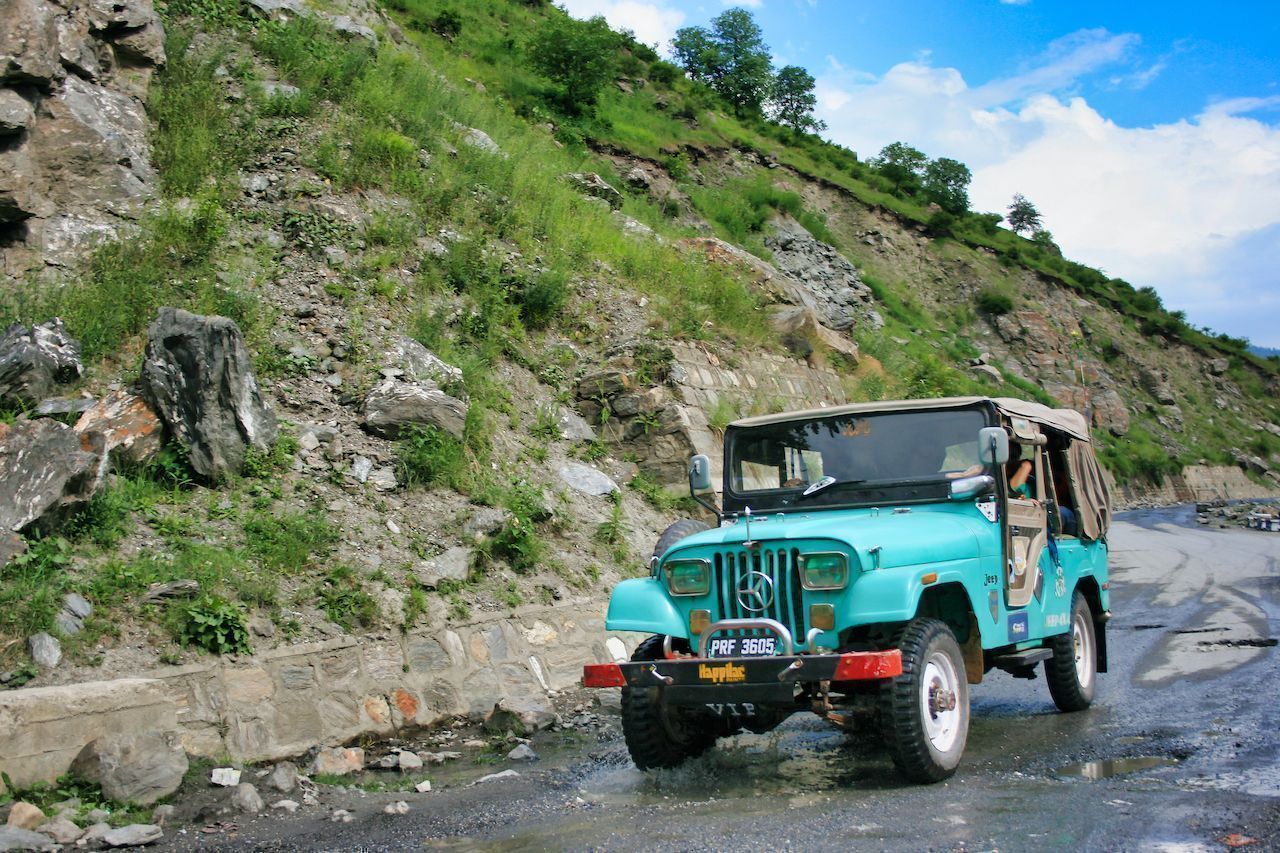
Photo: Aaftab Sheikh/Shutterstock
Pakistan is massive, and distances are vast. Traveling from the capital city of Islamabad to mountainous Gilgit-Baltistan takes over 16 hours by bus, and reaching the Southern port city of Karachi takes even longer. Nevertheless, wheels are your best bet for exploring the country. Not only are domestic flights pricier — often exceeding $100 each way — but many remote and scenic places in Pakistan are only accessible by Jeeps. For those with wider budgets, hiring a car and a driver is easy to do, but the cheapest way to get around Pakistan is by going local. Shared jeeps and minivans are the vehicles of choice for more remote regions, and large coach buses operate between major cities.
Some major car rental companies like Hertz offer chauffeur-driven vehicles. Bus operators Daewoo and Faisal Movers offer five-star bus travel comforts at very affordable prices all over the country. A ticket from Lahore to Pakistan will run you 4,500 Pakistani rupees, or about $63. To research or book bus travel, you can visit Bookaru. You can also inquire with your lodging for information and advice on local transportation. Joining in on shared transport involves simply showing up before it’s filled up, and a concierge can direct you towards pickup spots. while the comfy Western-style buses can be reserved with a phone call or booking on each respective website.
Inside major cities, Uber and the local app Careem will do. Fares are cheap compared to Uber prices in the West, though you can cut it even cheaper by hailing a rickshaw.
5. There’s no need to wear anything other than a shalwar khameez
The shalwar khameez might be the most comfortable outfit on the planet. Think loose, lightweight pants accompanied by a long dress-like shirt, along with a shawl known as a dupatta for ladies. The shalwar khameez is worn by almost all Pakistanis — even in the more liberal big cities, it’s still the most predominant outfit choice.
Though there is no official dress code for tourists, Pakistan is a conservative country, and it’s essential to respect cultural norms. There’s no better way to do so than by getting yourself a shalwar khameez. Upon arriving in Pakistan, you can easily acquire a shalwar khameez at a local market. Though ready-made options do exist, the best way to obtain one is to visit a local vendor. You’ll first pick out a fabric of your choosing (linen or cotton are best to combat the country’s extreme heat — summer temperatures routinely exceed 100 degrees Fahrenheit) and then have it sewn by a tailor. Ladies, keep in mind that you can request pockets to be sewn into yours.
A three-piece suit consisting of the shalwar (pants), khameez (long shirt), and dupatta (matching shawl) will go for about 1,200-2,000 rupees ($7-13) depending on the fabric you choose. Men’s’ two-piece suits (sans the dupatta) cost about the same price. Though covering one’s head as a female isn’t required in Pakistan, having a dupatta handy is always a good idea as they are mandatory for entering mosques. It’s also nice to have the option in more conservative areas of the country, such as Swat Valley in KPK, where all local women will be fully covered up.
6. For Pakistanis, hospitality is a way of life

Photo: khlongwangchao/Shutterstock
It’s common to hear about “friendly people” when listening to a description of a foreign country, but it must be noted that Pakistanis truly take hospitality to another level. It’s deeply ingrained in societal values that guests are a gift from Allah and must be treated as such. Don’t be surprised when, after a short conversation with someone you’ve just met, you’re invited into families’ homes for a full meal. Equally common is that these people you’ve just met will insist upon giving you a place to sleep. Travelers often report having a difficult time paying for things in Pakistan, as locals in Pakistani cities and at historical sites go above and beyond to make tourists feel welcome.
Even if payment is being staunchly refused, try to give something anyway, and trust that it will be appreciated. Though Pakistani hospitality is boundless no matter where you turn, venturing to the province of Khyber Pakhtunkhwa (KPK) will be sure to take things to an entirely new level. KPK is home to the Pashtuns, an ethnic group that follows the code of Pashtunwali, an ancient self-governing code that dominates all aspects of life. One of the best-known tenets of the social code here is Melmastia — providing hospitality and asylum to all guests in need of it. As such, the Pashtuns might be the most hospitable people in all of Pakistan, though you’ll have to visit KPK to make that determination yourself.
7. English is almost everywhere, but an Urdu dictionary is worth packing
Due to Britain’s prior colonization of Pakistan during the rule of its Indian Empire, English is spoken almost everywhere. That doesn’t mean it should be expected, though. Pakistan gained Independence in 1947, and while English is taught in public schools and universities, it will become less common as you head out toward more remote areas. Carrying around an Urdu-English Phonetic dictionary could be useful, though communication is still very possible without a common vocabulary. Pakistan travel generally involves interacting with Urdu, even if you don’t speak or understand it, so a few basic phrases will help.
While Urdu is Pakistan’s national language, dozens of other regional tongues are spoken throughout the country, and in certain areas, many people don’t even speak Urdu. In the cities of Peshawar and Mingora, Pashto reigns supreme. In Kalam Valley, a section of the larger Swat Valley, Gowri is spoken. In total, nearly 75 languages can be heard throughout the country, though many of them are similar in some way to Urdu. Dictionaries also exist for some of these, so make sure to grab a phonetic one before you land.
8. There are multiple borders open for overland entry into Pakistan
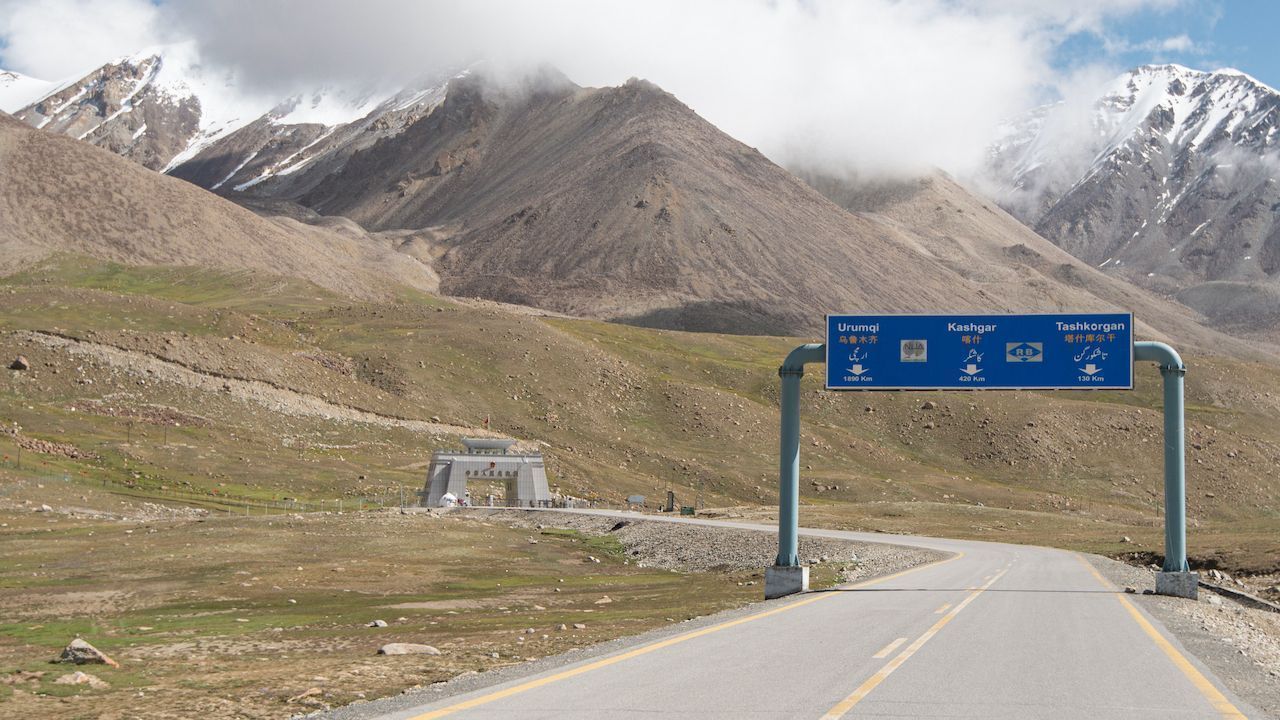
Photo: Lukas Bischoff Photograph/Shutterstock
It is possible to fly into Pakistan through one of its major international airports in Lahore, Karachi, or Islamabad, but all visas also permit overland entry. You can cross the border into Pakistan at a few different points. The Wagah Border that connects Pakistan’s Lahore with India’s Amritsar is a popular and easy border to cross over. Tensions might remain high between the two countries, but border officials on both sides of the aisle don’t pass that on to overlanders. To head into Lahore after being stamped into Pakistan, you can take a taxi for about $13. The Pakistan-China border at the Khunjerab Pass is also open to tourists.
9. Getting a local SIM card is a must
One of the first things you should do when you arrive in Pakistan is acquire a local SIM card. Pakistan is rife with providers, and these days coverage is vast — even many remote regions have access to 2G signal.
As a foreigner, SIM cards can only be obtained either at the airport — where they are sure to be overpriced — or at a franchise store. The major providers include ZONG, Telenor, Jazz, and SCOM. Coverage varies by region and provider, so your best practice is to buy a few as it’s not a problem to have multiple SIM cards. Pakistani nationals are allowed to have up to five activated at a time.
As a rule of thumb, ZONG 3G/4G will work best in Lahore, Islamabad, Karachi, Peshawar, Mingora, and Swat Valley. Meanwhile, Telenor works best in the Chitral District. Jazz works in many of the same places as the rest but happens to be the only functioning provider in the small town of Thall in Dir District. And then there’s SCOM — a government-operated company that functions exclusively in Gilgit-Baltistan.
SIM cards and data packages are significantly more expensive for foreigners than for locals, and ZONG especially has a large discrepancy. A three-month plan costs about $10 a month for 20 GB of data, but foreigners are currently only able to purchase a “postpaid plan.” If you stay in the country for longer than 30 days, keep in mind that you need to go into a Zong store and pay your bill again or risk your services being shut off. Pakistan also currently requires foreigners to register their devices when using a local SIM for more than 60 days. You’ll likely get a text message about this. Travelers have had their numbers blocked for failure to register, so don’t forget.
10. Weather is variable throughout the country, so when you should visit depends on where you want to go
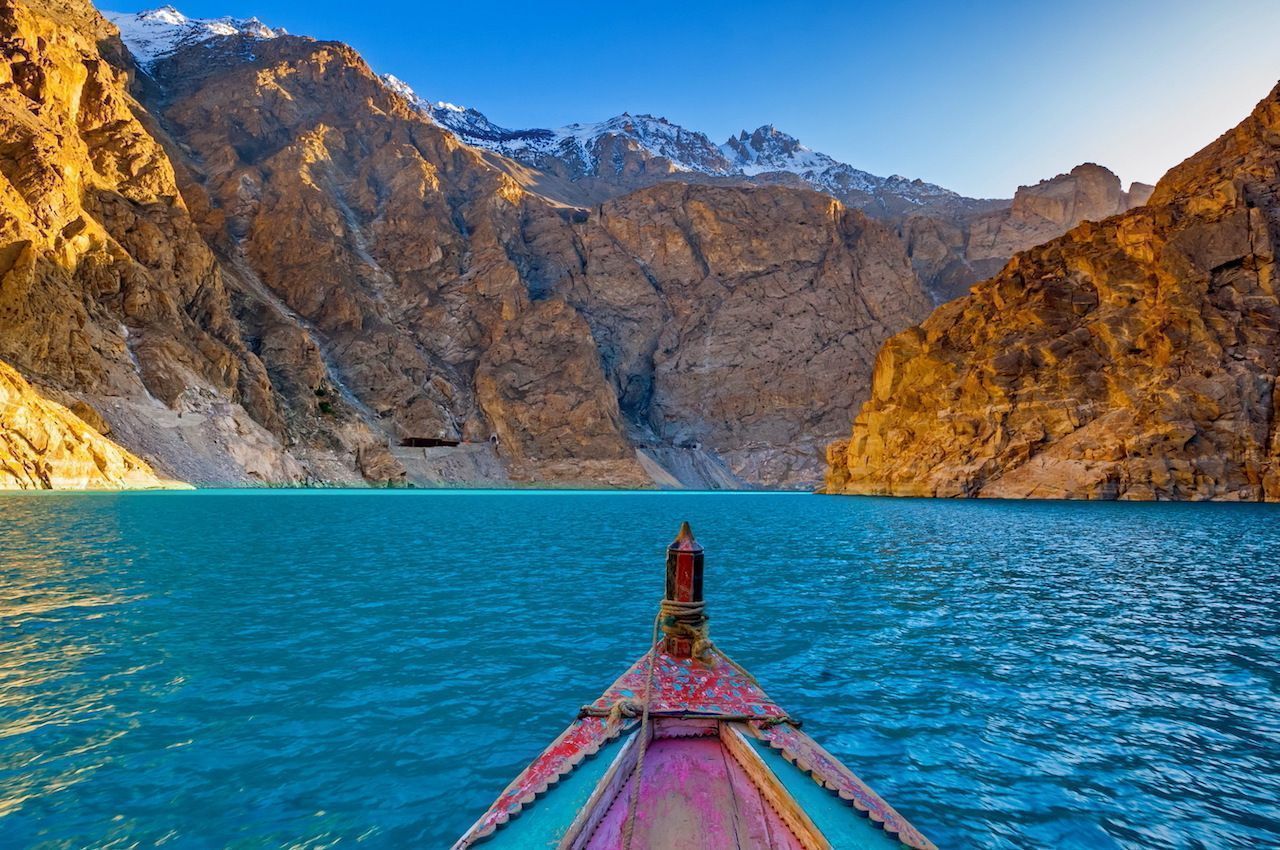
Photo: khlongwangchao/Shutterstock
Pakistan’s mountainous Northern Areas see heavy snow and freezing temperatures come winter. Many major roads and high-altitude passes also become blocked and inaccessible. To see the mountains at their best, your window of opportunity is roughly from April to early November. Cherry blossoms will be in bloom for much of April, and fall colors come out to play in mid- to late October.
The rest of the country, including the Punjab and Sindh provinces, is most pleasant during the opposite time frame, November to April, due to extreme heat in summer. January sees the coolest weather, with temperatures sitting in the 60s-70s Fahrenheit throughout the day and dipping into the 50s at night. Keep in mind that Sindh and Punjab are excessively hot in the summers, with temperatures regularly exceeding 100 degrees. It’s still possible to explore such regions then, but don’t count on it being comfortable.
11. Keep multiple copies of your passport with you when traveling from place to place
There are quite a few vehicle checkpoints along the highways in Pakistan, though not so many that it will be too bothersome. The 17-hour drive from Islamabad to Gilgit City will pass through 12 such checkpoints. On long drives such as this, it’s best to give a copy of your passport to the driver before you take off to avoid being woken up during the night. Passport copies are required in other places as well, such as when traveling through Swat Valley or when entering the Chitral district. Though you might not always be stopped — especially if you’re traveling in local transport — it’s always better to have them than not.
12. Be ready to eat delicious Pakistani food
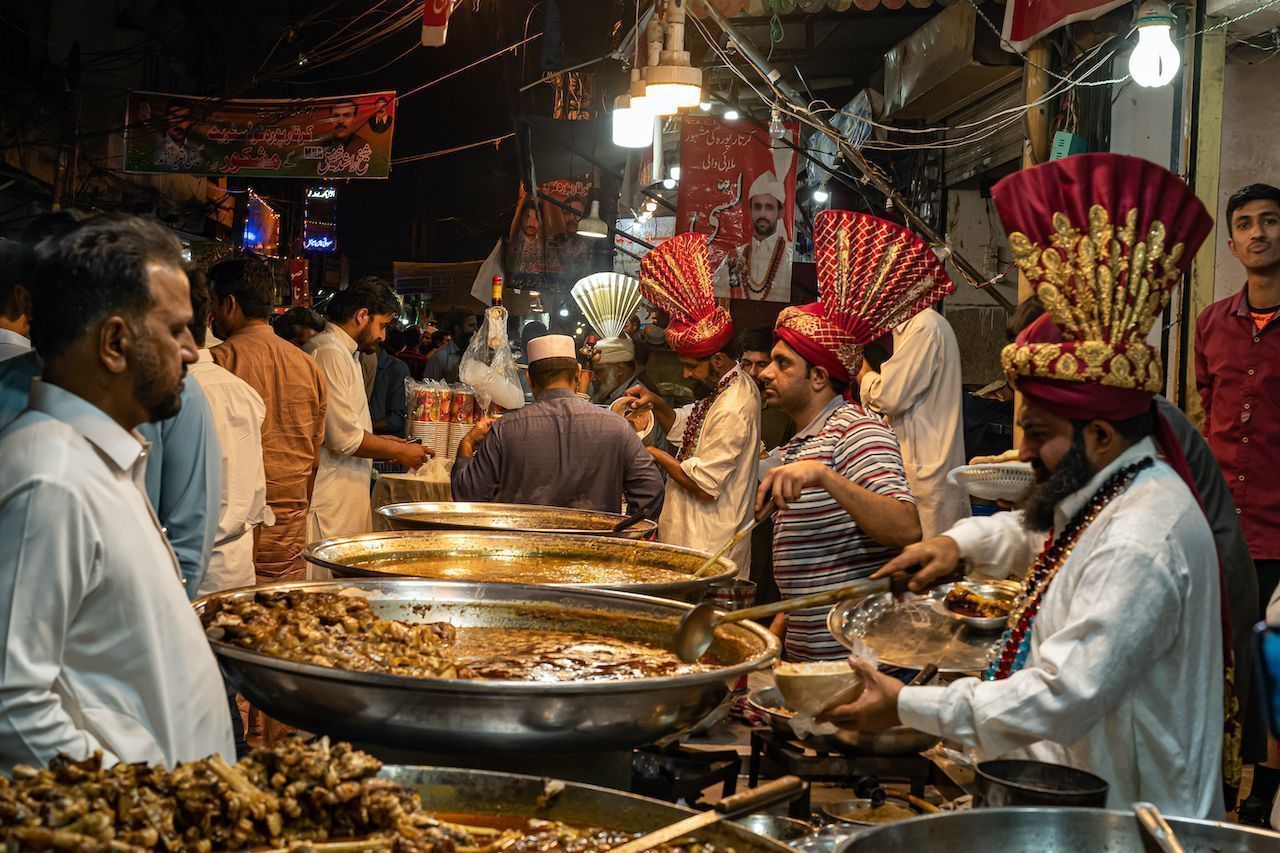
Photo: Naveed Ashraf/Shutterstock
Pakistan is going to earn your praise at the dinner table, guaranteed. Delicious combinations of juicy, flavorful meats and slices of crispy naan (a fluffy, leavened bread) await throughout the country, including many unique specialties depending on the region. Pakistani food is rich and meaty, and distinctly different from that of its neighbor India. When visiting Lahore, paaye (a stew of goat hooves), halwa puri (fluffy bread paired with a sweet confectionary), and chapli kebab (spicy mutton patties) are must-eats. Freshly caught trout is a specialty in the Ghizer District, and Peshawar is known for its one-of-a-kind dumba karahi — a fatty, flavorful dish made with meat from the butt of a sheep.
As great as it may be, food in Pakistan can sometimes affect sensitive stomachs. Activated charcoal is known to be helpful for cases of traveler’s diarrhea, and if things persist past a day or so, antibiotics can be found in the local pharmacies, which are everywhere in the bigger cities.
13. Chai is a way of life — be prepared to get hooked
Perhaps you won’t drown, but you’ll certainly be filled to the brim with the stuff. Pakistanis drink chai — a masala milk tea — constantly throughout the day. Steaming cups are sipped on the street during lunch breaks, at any and all types of meetings, and of course, it is served as an offering to guests. When staying in someone’s home or hotel, it’s very likely chai will be poured before you even sit down. Definitely accept — it would be rude not to.
In certain parts of Northern Pakistan including Chitral and Ghizer, salt is added to tea instead of sugar. This makes for quite a unique pairing, one that locals swear helps them keep warm in cold temperatures.
Small cups of this liquid deliciousness often go for cents in street-side stalls, and it would truly be a rarity to get through a day in the country without drinking any. Even if you find yourself getting sick of it while you’re traveling, don’t be surprised when you find yourself missing Pakistan’s favorite beverage when you leave.
14. Pakistan has a tourist trail, but get off of it for the best experience
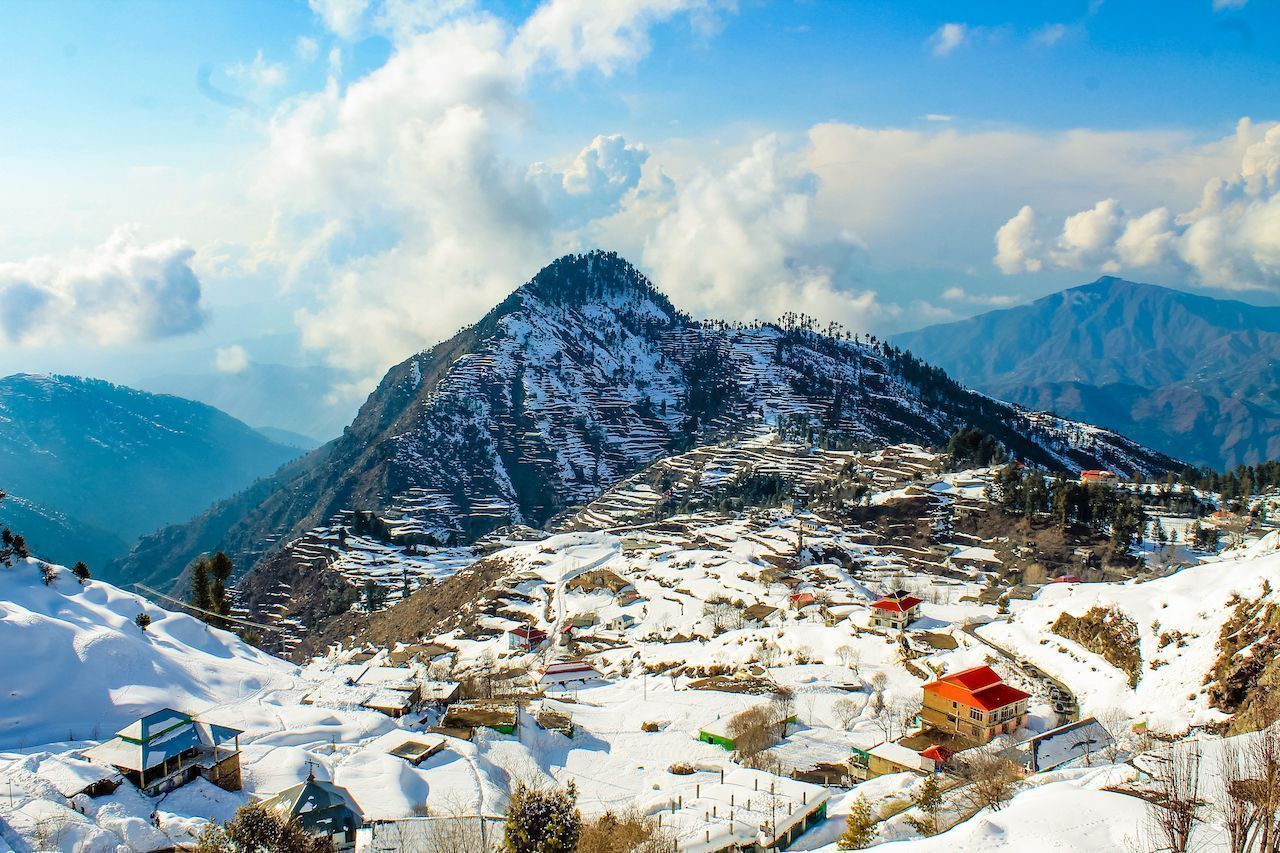
Photo: shahsoft/Shutterstock
Most Pakistan itineraries stick to Lahore, Islamabad, and Hunza Valley. Though all such places are beautiful and worth visiting, the country is big — and travel to Pakistan can go much deeper. KPK, which includes the idyllic, lush green forests and the transparent frosty rivers of Swat Valley, is generally safe these days and is regularly referred to as the “Switzerland of Asia.” Unexplored valleys and villages can be found in Upper Chitral, as much of it is now open to foreign tourists.
Moreover, the entirety of Sindh in South Pakistan is often overlooked in favor of the Northern Areas. If time (and boiling temperatures) aren’t an issue, you’ll be met with a myriad of cultures, exquisitely decorated shrines, and centuries-old remains all throughout the province. Pakistan’s Ghizer District is another easy and beautiful way to get “off the beaten track” — the peaceful valleys of Yasin and Phander are home to the bluest of lakes, a peaceful ambiance, and very few (if any) other tourists.
15. Respect the local culture no matter what
Pakistanis are deeply ingrained in tradition, and the country as a whole is a conservative place. While metros like Lahore and Islamabad continue to westernize, the majority of the nation sticks to its roots. As an Islamic Republic, over 97 percent of the country is Muslim. In conservative areas, many women cover up almost fully with long shawls or, in some cases, burqas. Arranged marriages are by far the most common, though this is changing a bit amongst liberal city-dwellers. In certain places, women may not be able to meet with unrelated males. If you’re a foreign guy, don’t take offense to this, it’s simply a cultural norm.
It is far more common to see men on the streets than women, though this isn’t a hard rule and something that varies from locale to locale. It’s also important to note that Pakistan is officially a dry country, though this rule isn’t imposed on foreigners. Though many aspects of Pakistani culture may seem drastically different from life in Europe or North America, as travelers, culture is best to be enjoyed, appreciated, and respected — not judged. As long as you enter Pakistan with an open mind and an empty stomach, you’re guaranteed to have the time of your life.